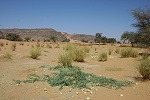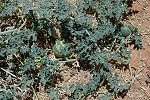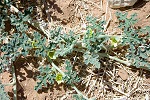Citrullus colocynthis
Observations:
Green, in growth stage
Lower Karkur Talh (Jebel Uweinat), October 1998, following rain
Middle Karkur Talh (Jebel Uweinat), October 2005, following rain
Middle Karkur Talh (Jebel Uweinat), October 2006, remnant vegetation of 2005 rains
Middle Karkur Talh (Jebel Uweinat), March 2007, remnant vegetation of 2005 rains
Wadi Handal (Jebel Uweinat), October 2005, following rain
Wadi Handal (Jebel Uweinat), October 2006, remnant vegetation of 2005 rains
Wadi Handal (Jebel Uweinat), October 2007, remnant vegetation of 2005 rains
Western Jebel Uweinat, observation by Alessandro Menardi Noguera in April 2006, following rain
Dried
Lower Karkur Murr (Jebel Uweinat)
Lower Wadi Wahesh and adjacent western wadis (Jebel Uweinat)
Lower Karkur Idriss (Jebel Uweinat)
Lower Karkur Ibrahim (Jebel Uweinat)
Main wadi, "Unnamed Plateau" (Egypt, NE of Jebel Uweinat)
Dried colocynths litter the lower courses of all major wadis draining Jebel Uweinat. The species is mainly restricted to the lower sandy courses of the wadis, where they enter the surrounding plains. Fresh growth of the species was noted in abundance in Karkur Talh and Wadi Handal (wadi named after the local name of the species on account of its abundance) following the rains of 2005. The species was also seen flowering and bearing fruit in lower Karkur Talh October 1998, following rains. In October 2005 abundant fresh growth was seen in the rocky upper section of Karkur Talh, where no dried colocynths were seen on previous visits. There appeared to be a marked difference in the development of the specimens seen in the upper and middle section of Karkur Talh. While those in the lower areas already bore fully developed fruit, the ones in the upper section only supported small, immature fruit. As those in the upper section all grew in dried-out silty basins in the otherwise rocky wadi bed, it may be assumed that the difference in growth stages was due to germination only after the pools have dried, possibly several weeks after the rain event. Many of the Karkur Talh and Wadi Handal individuals were observed in the green state, flowering and bearing fruit in October 2006, more than one year after the original rain event. Some of the Karkur Talh individuals were flowering and fruit bearing in March 2007, and the ones in Wadi Handal appeared practically inchanged in October 2007, more than two years after the original rain event. Dry colocynths were also observed in the main wadi of the 'Unnamed Plateau' to the north east of Jebel Uweinat. No colocynths were noted at any of the other massifs near Jebel Uweinat, or anywhere in the Gilf Kebir.
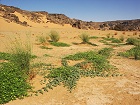
|
|
_3_s.jpg)
|
|
_2_s.jpg)
|
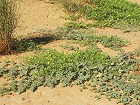
|
|
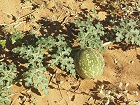
|
|
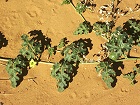
|
Middle Karkur Talh (Jebel Uweinat), in sandy wadi bed alongside Tribulus pentandrus and
Panicum turgidum at the end of the water flow, 18th October, 2005
|
_14_s.jpg)
|
|
_26_s.jpg)
|
|
_27_s.jpg)
|
|
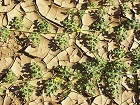
|
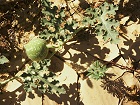
|
|
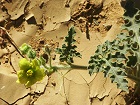
|
|
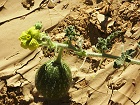
|
|
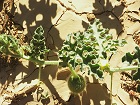
|
Upper Karkur Talh (Jebel Uweinat), in dried silty basins (often with Tribulus pentandrus and Schouwia thebaica, 20th October, 2005
|
_31_s.jpg)
|
|
_32_s.jpg)
|
|
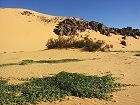
|
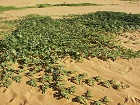
|
|
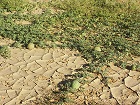
|
|
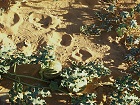
|
Lower Wadi Handal (Jebel Uweinat), where Cirullus is the dominant vegetation,
alongside Tribulus pentandrus, 20th October, 2005
|
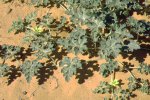
|
|
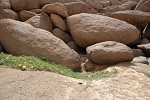
|
|
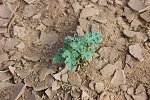
|
Fresh growth in lower
Karkur Talh, folowing rain
(October 1998)
|
|
Emmeri highland (Jebel Uweinat), April 2006
(Photo by Alessandro Menardi Noguera)
|
|
Fresh shoot in middle
Karkur Talh, one year after rainfall (October 2006)
|
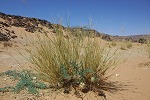
|
|
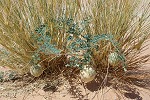
|
Lower Karkur Talh (Jebel Uweinat), October 2006
|
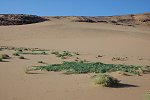
|
|
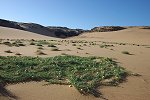
|
|
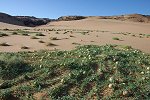
|
|
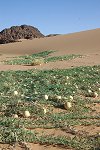
|
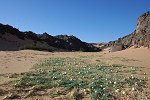
|
|
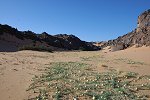
|
|
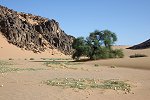
|
|
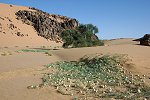
|
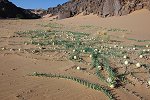
|
|
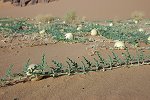
|
|
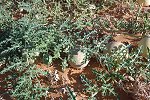
|
|
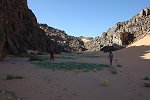
|
Lower Wadi Handal (Jebel Uweinat), October 2006
|
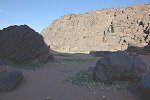
|
|
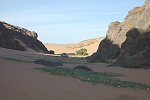
|
|
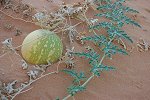
|
|
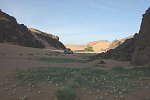
|
Lower Wadi Handal (Jebel Uweinat), where the wadi narrows to a gorge, October 2006
|
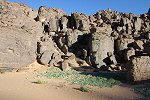
|
|
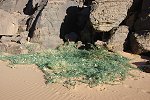
|
|
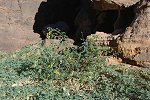
|
Intermingled with Cassia italica in lower Wadi Handal (Jebel Uweinat), October 2006
|
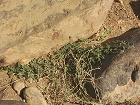
|
|
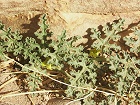
|
|
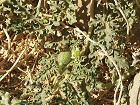
|
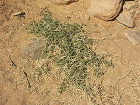
|
|
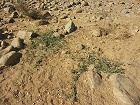
|
|
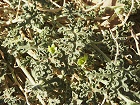
|
Middle noth western branch of Karkur Talh (Jebel Uweinat), March 2007
|
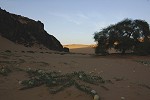
|
|
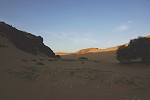
|
|
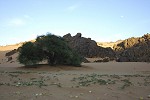
|
|
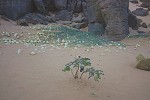
|
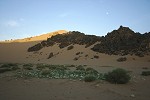
|
|
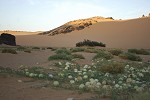
|
|
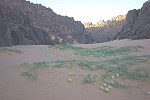
|
|
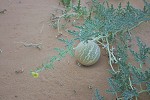
|
Lower Wadi handal (Jebel Uweinat), October 2007
|
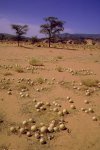
|
|
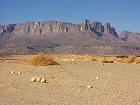
|
|
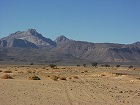
|
|
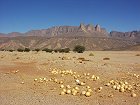
|
Dried colocynths in lower Karkur Talh (March 2001)
|
|
Dried colocynths in lower Wadi Wahesh (November 2004/October 2005)
|
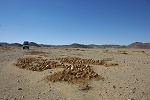
|
|
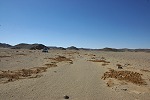
|
Main wadi, "Unnamed Plateau" (Egypt, NE of Jebel Uweinat), October 2006
|



_3_s.jpg)
_2_s.jpg)



_14_s.jpg)
_26_s.jpg)
_27_s.jpg)





_31_s.jpg)
_32_s.jpg)




